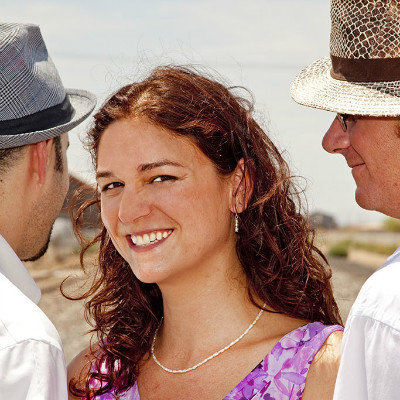What are the symptoms of chronic bronchitis?
summary
Chronic bronchitis often does not attract people's attention because of its mild early symptoms and slow progress. The disease can further develop into obstructive emphysema within 5 years, and pulmonary heart disease after 10 years. What are the symptoms of chronic bronchitis? Let's have a look.
What are the symptoms of chronic bronchitis?
First, some patients with chronic bronchitis have a history of acute respiratory tract infection such as acute bronchitis, influenza or pneumonia before onset. Patients often develop in the cold season, cough and expectoration, especially in morning rising. The sputum is white mucous and foam, and it is hard to cough up. In the case of acute respiratory infection, the symptoms increase rapidly. Sputum volume increased, viscosity increased or yellow purulent, occasionally with blood in the sputum.

Second: after repeated attacks of chronic bronchitis, the vagal receptor reactivity of bronchial mucosa is increased, the parasympathetic nerve function is hyperactive, and there may be allergic phenomenon and wheezing. With the development of the disease, all year round cough, expectoration, winter and autumn aggravation. Patients with asthmatic bronchitis often have asthma like attacks when symptoms worsen or secondary infection occurs. They can't lie on their back when they are short of breath. Dyspnea is not obvious in general, but after complicated with emphysema, with the increase of the degree of emphysema, dyspnea gradually increases.

Third: simple chronic bronchitis, X-ray examination positive, or only two lower lung texture thickening, or cord like, this is the sign of bronchial wall fibrous tissue hyperplasia thickening. * if combined with bronchotis, there may be spots and shadows overlapping. On the upper part of the bronchi, the bronchial deformable bronchogram can be seen. Some are narrow, some are columnar dilatation, others are truncated because of retention of sputum. Because of the contraction of the surrounding scar tissue, the bronchi can be gathered together in bundles. Sometimes there is a small diverticulum in the bronchial wall, which is the manifestation of dilation of the opening of mucous glands. In order to make a definite diagnosis in clinic, fluoroscopy or plain film can meet the requirements. Lipiodol bronchography is only used for special study, not routine examination.

matters needing attention
Chronic bronchitis most onset is very hidden, the initial symptoms in addition to mild cough, there is no special, so it is not easy to be noticed by patients. Before onset, some patients had a history of acute upper respiratory tract infection, such as acute pharyngitis, cold, acute bronchitis, etc. at first, they mostly developed in the cold season, and then the symptoms continued and recurred.











